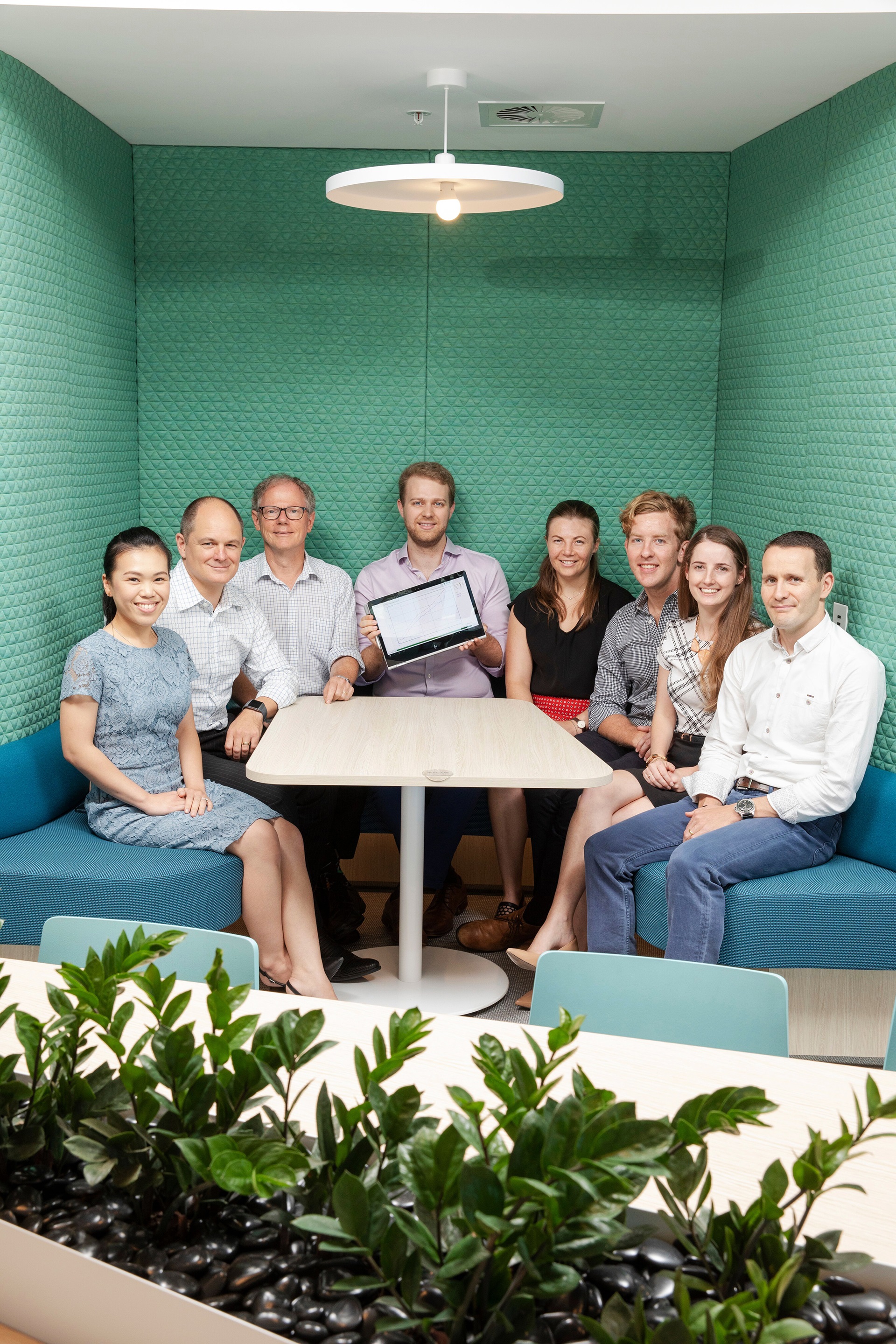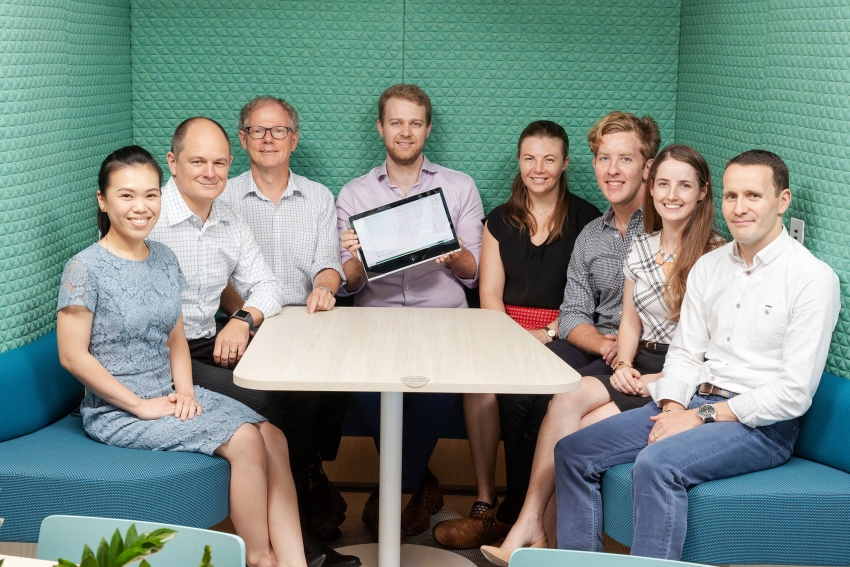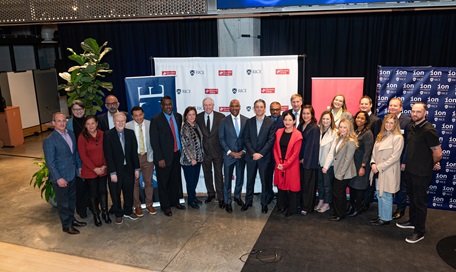Playing it cool
A theory about adjusting temperature differentials in the production process at the Karratha Gas Plant has become a value-adding reality.

It’s taken more than five years and the input and efforts of many people, but the hard work has been worthwhile: adjusting the mixed refrigerant (MR) controls at Karratha Gas Plant (KGP) has boosted production.
In fact, output at KGP’s Trains 1 and 2 has increased by about 1.5% per day, adding many tens of thousands of tonnes of LNG to production totals.
“We think there is much more to come,” says Geoff Byfield, downstream technology lead.

“The more we can accelerate the work, the sooner these benefits will flow.”
It was in 2008 when Geoff and Derek Hodges, principal process engineer, first talked about controlling the temperature differentials of MR.
A mixed refrigeration process requires a combination of gases called refrigerants to cool (below -130oC) and liquefy gas, producing LNG.
Traditionally, the MR is set to a specific temperature, regardless of the ambient temperature.
But Geoff believed that monitoring the differential temperature between the natural gas and MR temperature would lead to better
“Theoretically, if we cool the MR to the optimal temperature, this would
Geoff acknowledges the importance of the contribution of university students on placements at Woodside and our graduates.
In 2012, Yossy Wicaksana, then a second-year graduate and now a process engineer, worked on simulation tools to solve the entire profile of the heat exchanger accurately in a respectable time
“What would have taken days to run the data can now be solved in minutes,” explains Yossy.
The following year Dan Murphy and Drennan Goodall, then Curtin University undergraduates, worked on a generic LNG train and came up with some promising results.
In 2016, Josh Goyder, then a first-year graduate, took the principles from the generic model and applied them to a specific design model of the KGP LNG Train 2.
Josh worked on
With the assistance of the site operators like Darwin Trijo and process engineer Yasmine Lewis, trials at KGP demonstrated that dropping the compression ratio below its traditional setting could indeed lead to more efficient production.
It was well known that this could lead to instability, but it was believed this could be addressed with some new instrumentation.
“It was imperative that operators had full confidence in the new operating mode and that the plant’s stability was safeguarded,” Derek said.
Visiting
After successful
Late in 2018, the first longer-term trials using temperature differential controls and lower compression ratio were completed and delivered more than 100 tonnes per day of additional LNG production from a single train.
Excitingly, the benefits of this project are not yet fully
The plan is for similar enhancements to be applied to the other NWS LNG trains 3,4,5 and Pluto train later this year.
Read the full Q1 2019 issue of Trunkline here.



